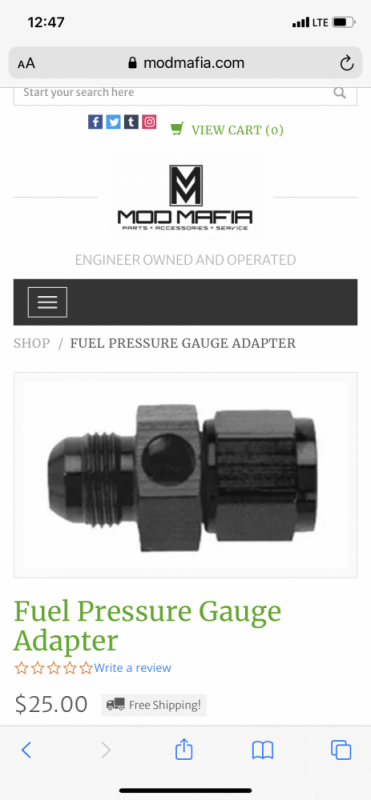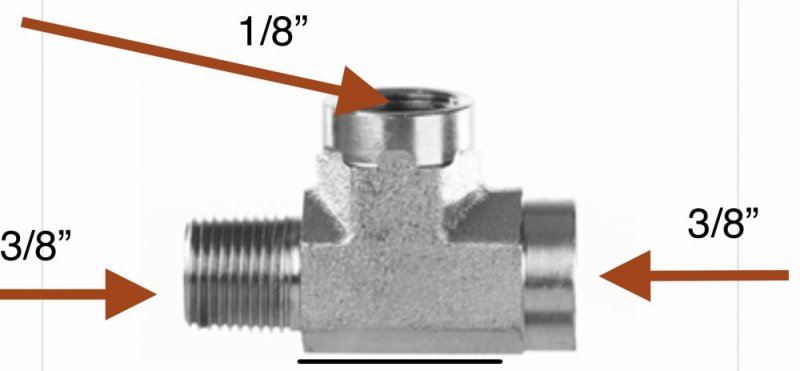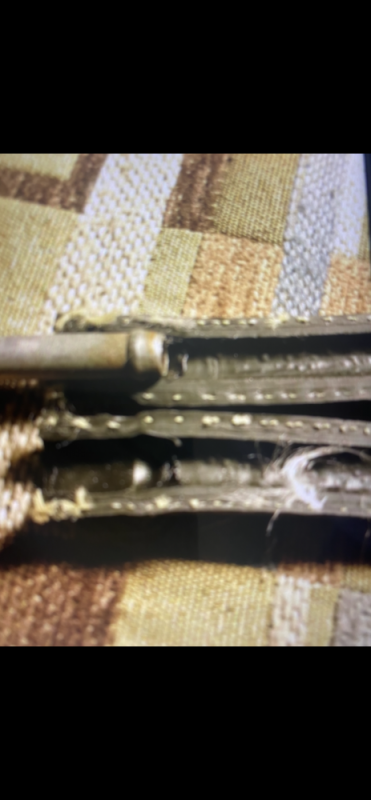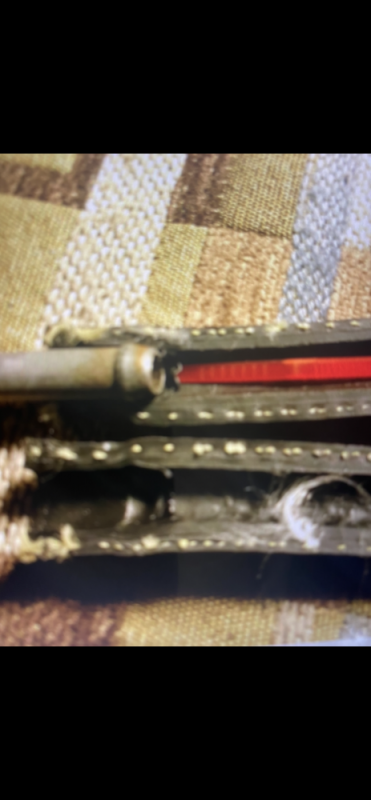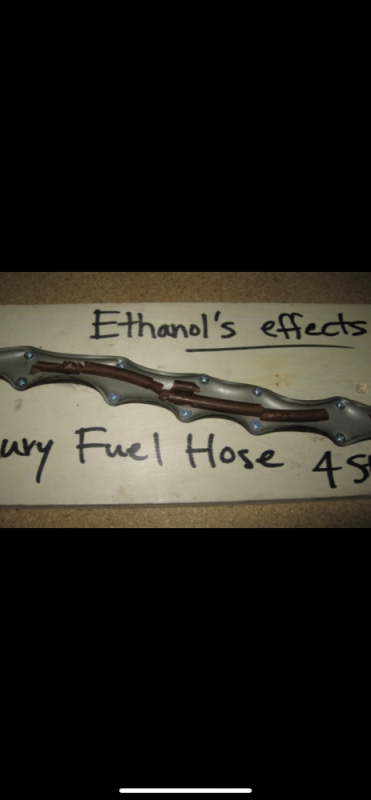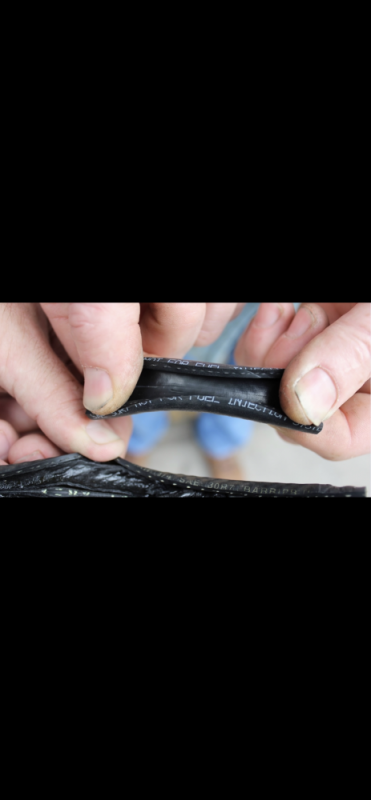Will L.
Well-Known Member
I been hollering long enough that Mark at Mod Mafia finally sells one. Not sure if he found an existing one that happens to work, or is having one made. Either way, here it is. Since there is no current vendor here that offers it, I think it’s ok to post a link. Gonna do a picture also just in case. I haven’t used one, since ds4 is the devil, and I only one db2 rigs.
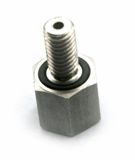
 modmafia.com
modmafia.com

Fuel Pressure Tap (FPT)
This item makes it very easy to add a fuel pressure gauge to your 6.5 equipped vehicle.
 modmafia.com
modmafia.com

